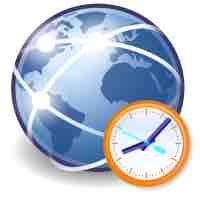Just as individual characteristics and cognitive biases can shape decision making, time pressure can also distort how we consider and choose between alternatives. Severe time constraints can make decision processes and individual judgment less objective and more influenced by intuition as more formal and rigorous approaches are ignored. All decisions are time-bound in the sense that we do not have an infinite amount of time to make a selection. Still, firm and proximate deadlines and limited resources are common causes of time pressure. Information overload is another. While considering all relevant factors is important to build support for the decision, data collection can eat up time better spent analyzing alternatives and making the decision itself.
There are some effective approaches to dealing with time pressure. Clearly defining the decision and its parameters early on can reduce ambiguity and make it easier to hone in on relevant data. Setting clear boundaries on matters such as who will participate and how long discussions will continue can similarly manage the amount of time given to a decision. In many instances, the use of heuristics can be applied to complex decisions to serve as shortcuts in conducting analysis and weighing alternatives.

Time pressure
Time pressure often forces decision makers to look for intuitive shortcuts rather than logically processing all of the required data.
There is evidence that suggests the perception of time pressure may impact decision quality. Decision makers who believe they have ample time to make a decision tend to arrive at more logically crafted decisions than those who feel as though they have an insufficient amount of time. While time pressure is generally perceived as being a barrier to effective decision making, it may also have the exact opposite effect. A limited time frame can focus mental energy and effort to bring the appropriate resources to bear on a decision more quickly and efficiently than otherwise might have been the case.